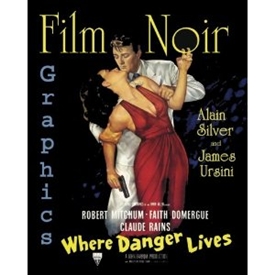 Boldly over the top and irresistibly campy, film noir posters are endlessly fascinating and fun. So, I’m very excited to tell you about a terrific new study of classic movie posters and lobby cards that were used to entice viewers around the world.
Boldly over the top and irresistibly campy, film noir posters are endlessly fascinating and fun. So, I’m very excited to tell you about a terrific new study of classic movie posters and lobby cards that were used to entice viewers around the world.
“Film Noir Graphics: Where Danger Lives” (CreateSpace, $39.95) by Alain Silver and James Ursini is an essential book for any noir library. The esteemed historians and authors of “The Noir Style” – as well as eight other volumes about film noir – here focus on a commercial art form that memorably represents the moods and mores of its era.
Says Ursini: “We have always wanted to do a book on noir posters and lobby cards. The graphics in these ads reflect many of the themes and iconography of noir in a very vivid way.”
Using more than 300 color illustrations never before reproduced in book form, Silver and Ursini trace the sometimes-lurid line of graphics from pulp magazines like Black Mask and the dust jackets of hard-boiled novels to the earliest examples of film noir. They also touch on sidebar topics such as fashion and Humphrey Bogart’s face on posters in the U.S. and abroad.
Primarily, though, the authors use these striking visuals to explore the genre’s context and subtext in an entertaining way. For example, in the chapter titled “Deadly is the Female,” they write: “There are some brunettes, the occasional red-head, but … the deadliest females in film noir are most often blonde.
“They don’t all have cigarettes dangling from their lips, a jaunty beret, or a pair of six guns in their hands, but the poses leave no question about what they’re selling. For the hapless victims, the dim-witted guys who take the bait and get caught in their mantraps, it really is ‘the kind of mistake a man can make only once!’ ”
Consider yourself warned. 😉 And definitely consider buying this book that is a rare combination: dazzling eye candy and compelling commentary from two of the best in the business.
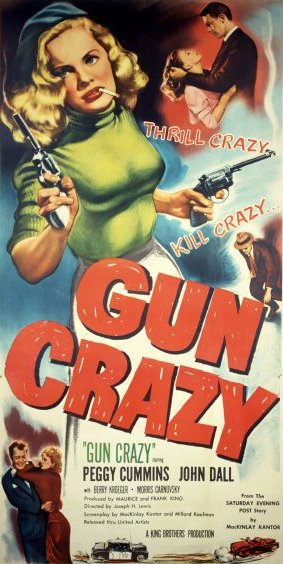





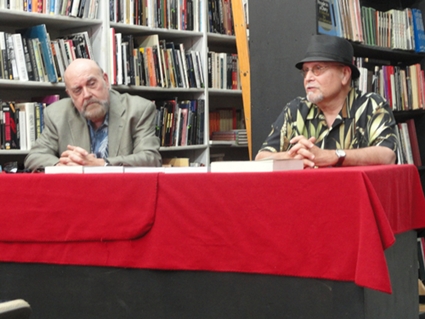
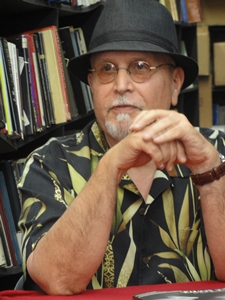
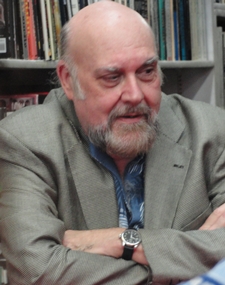
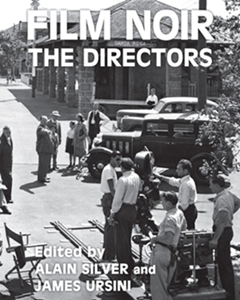
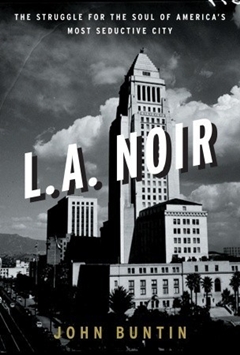
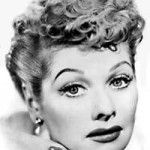
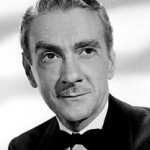





From FNB readers